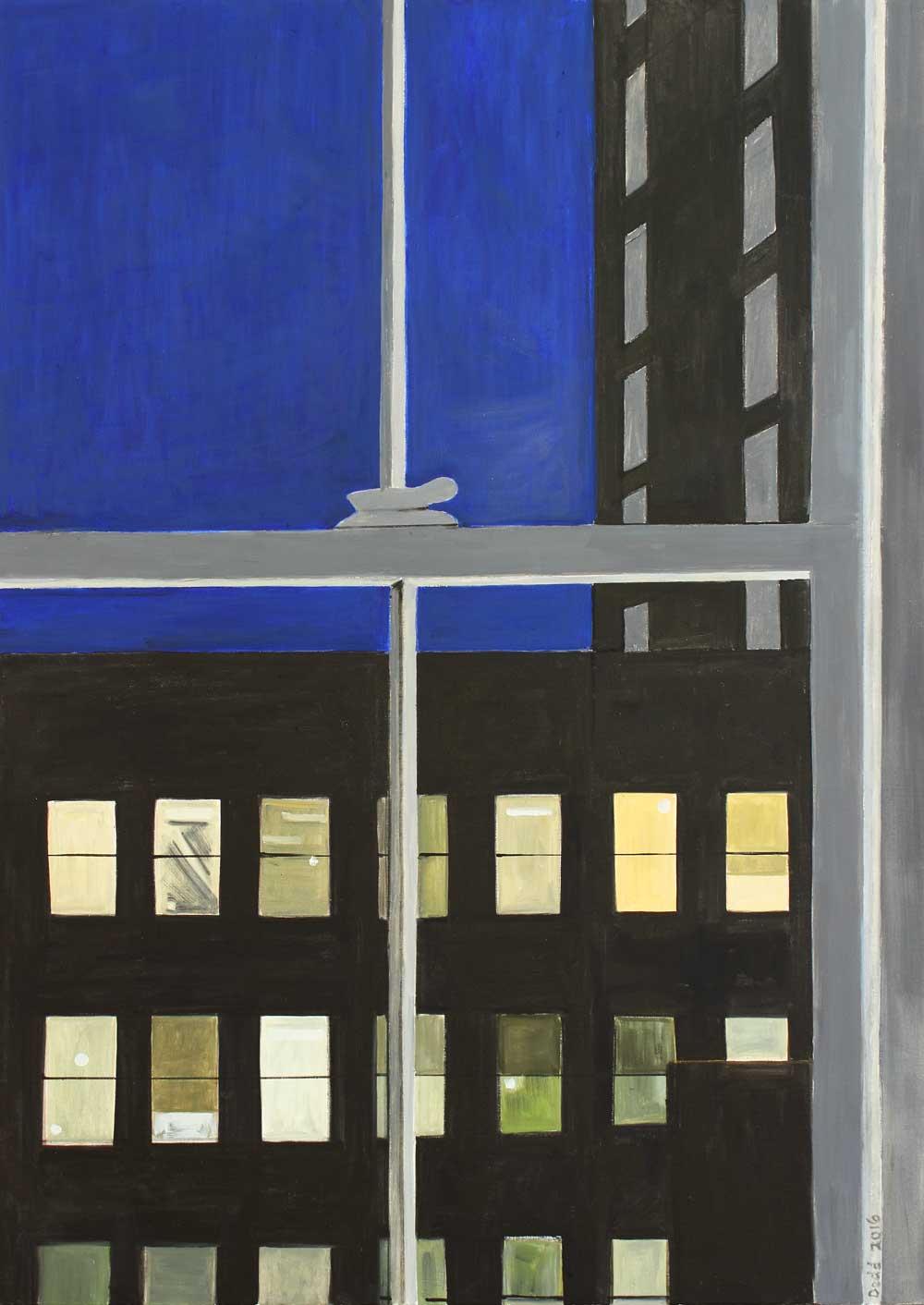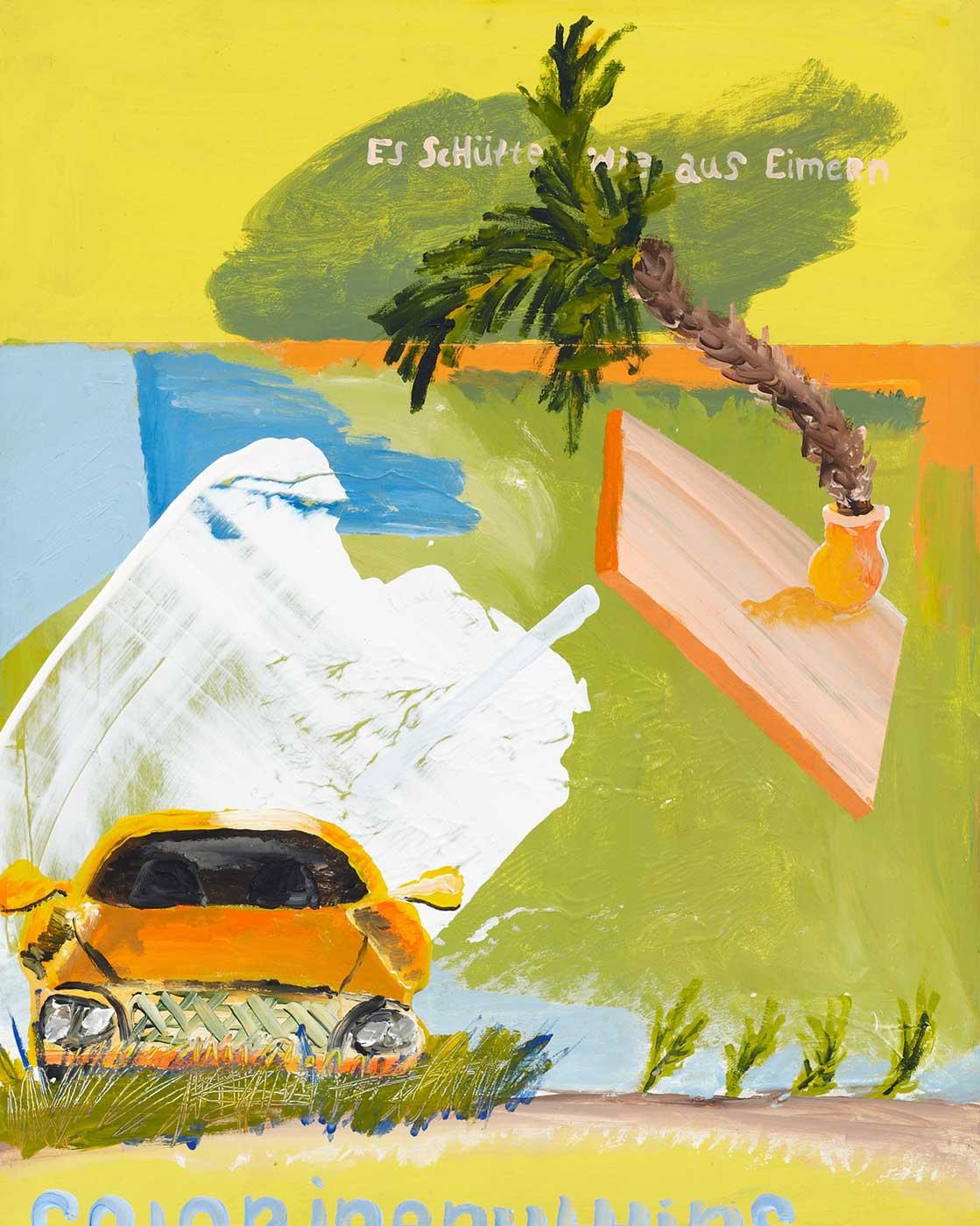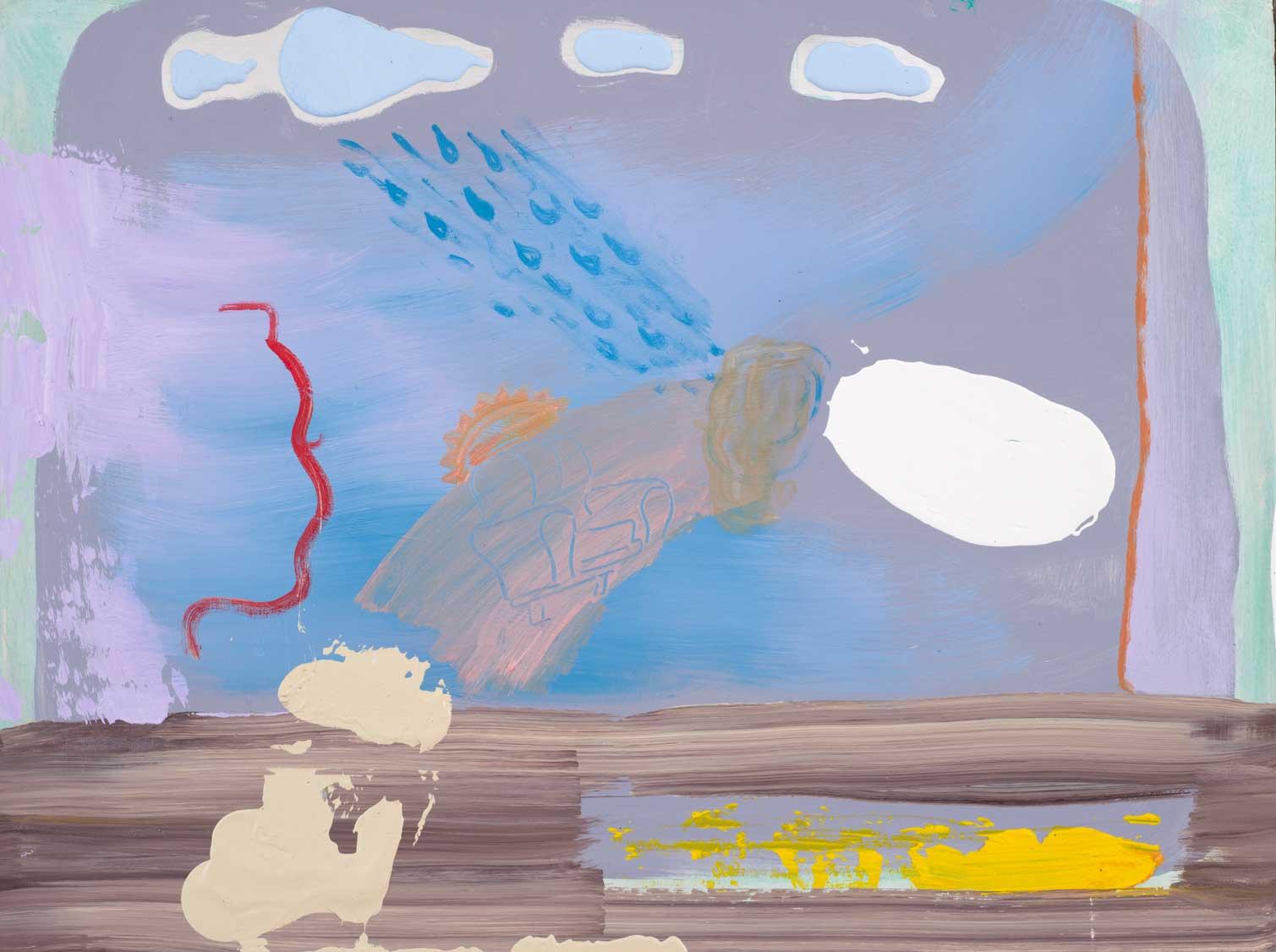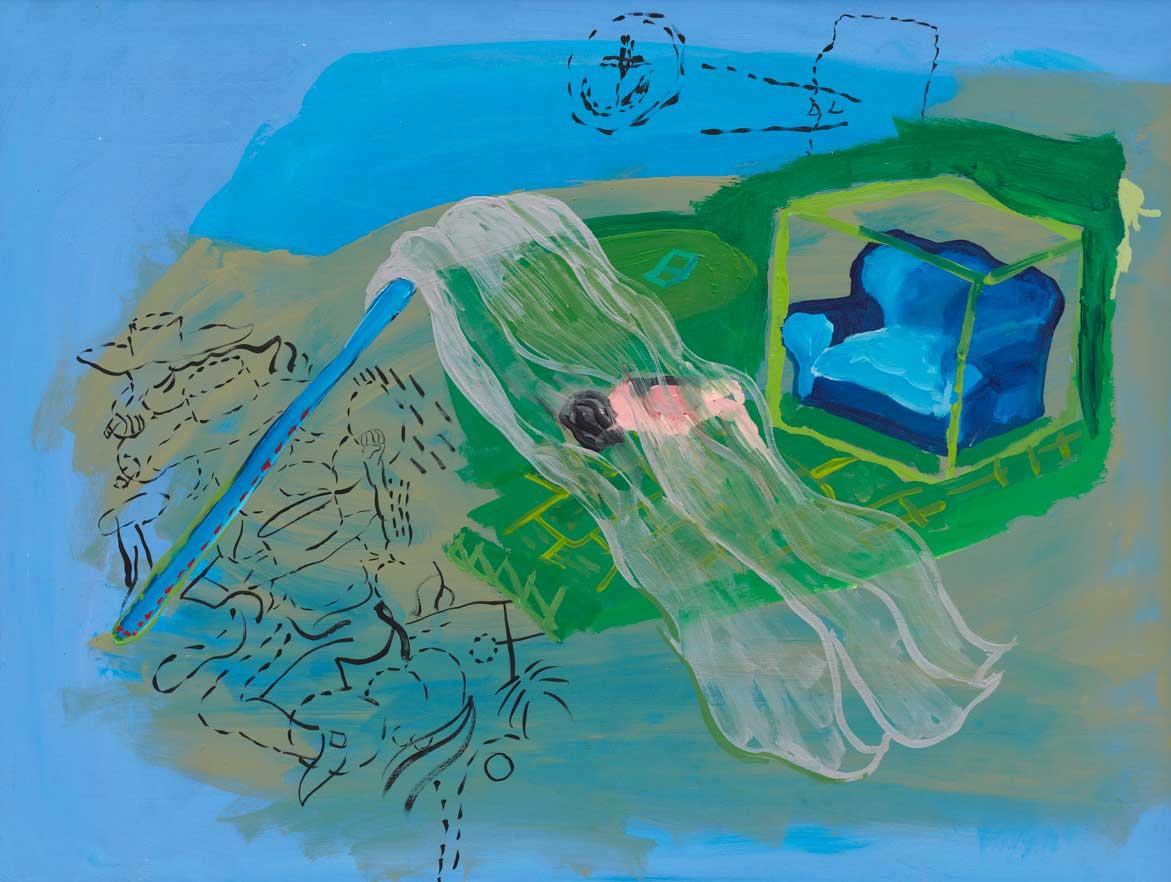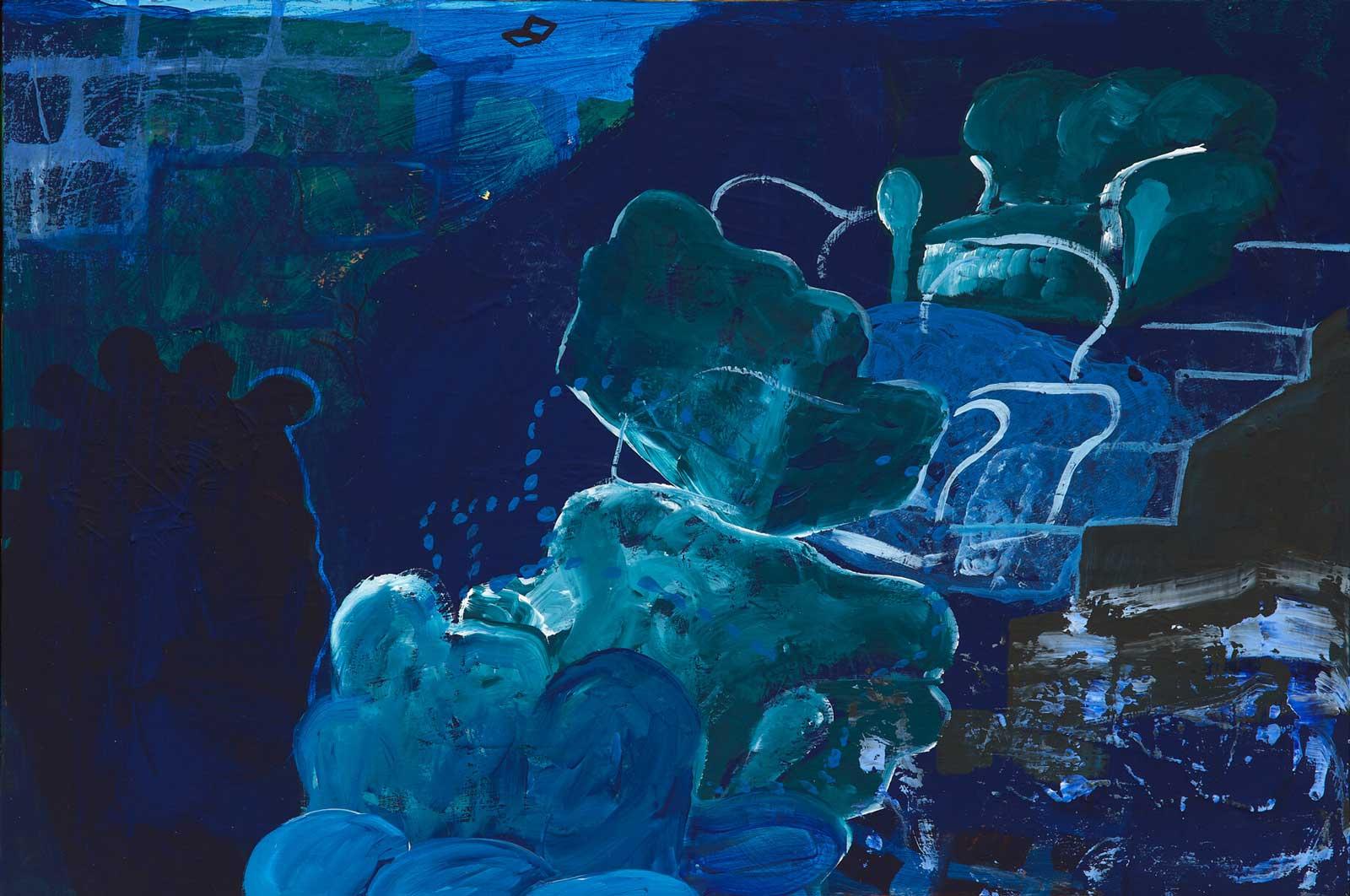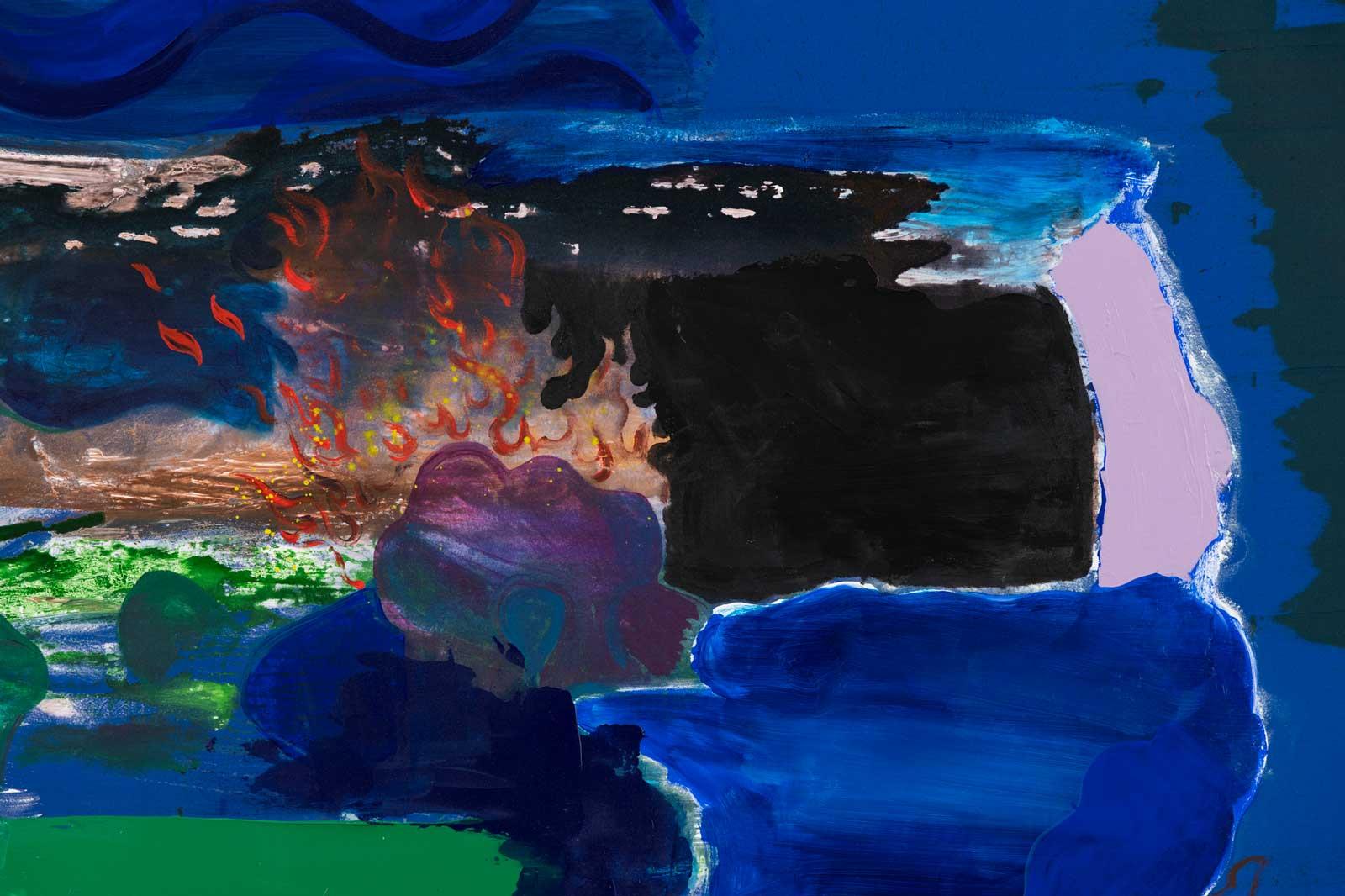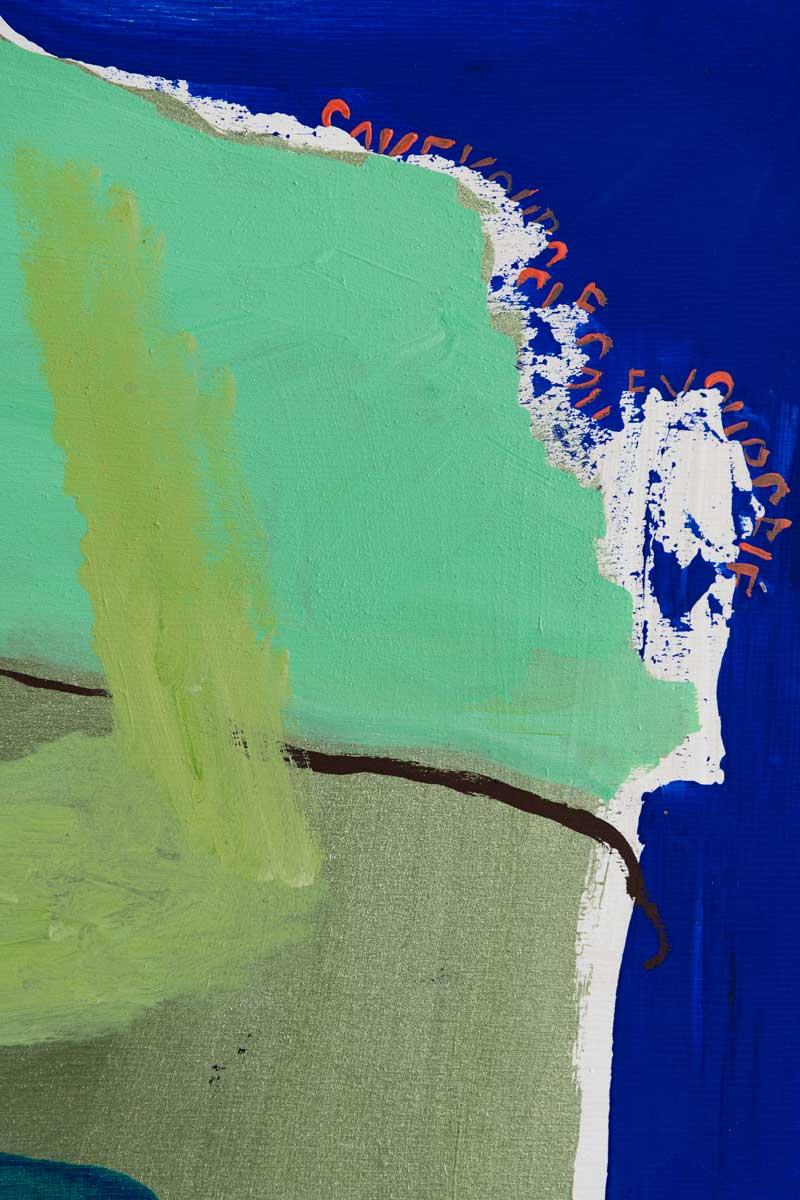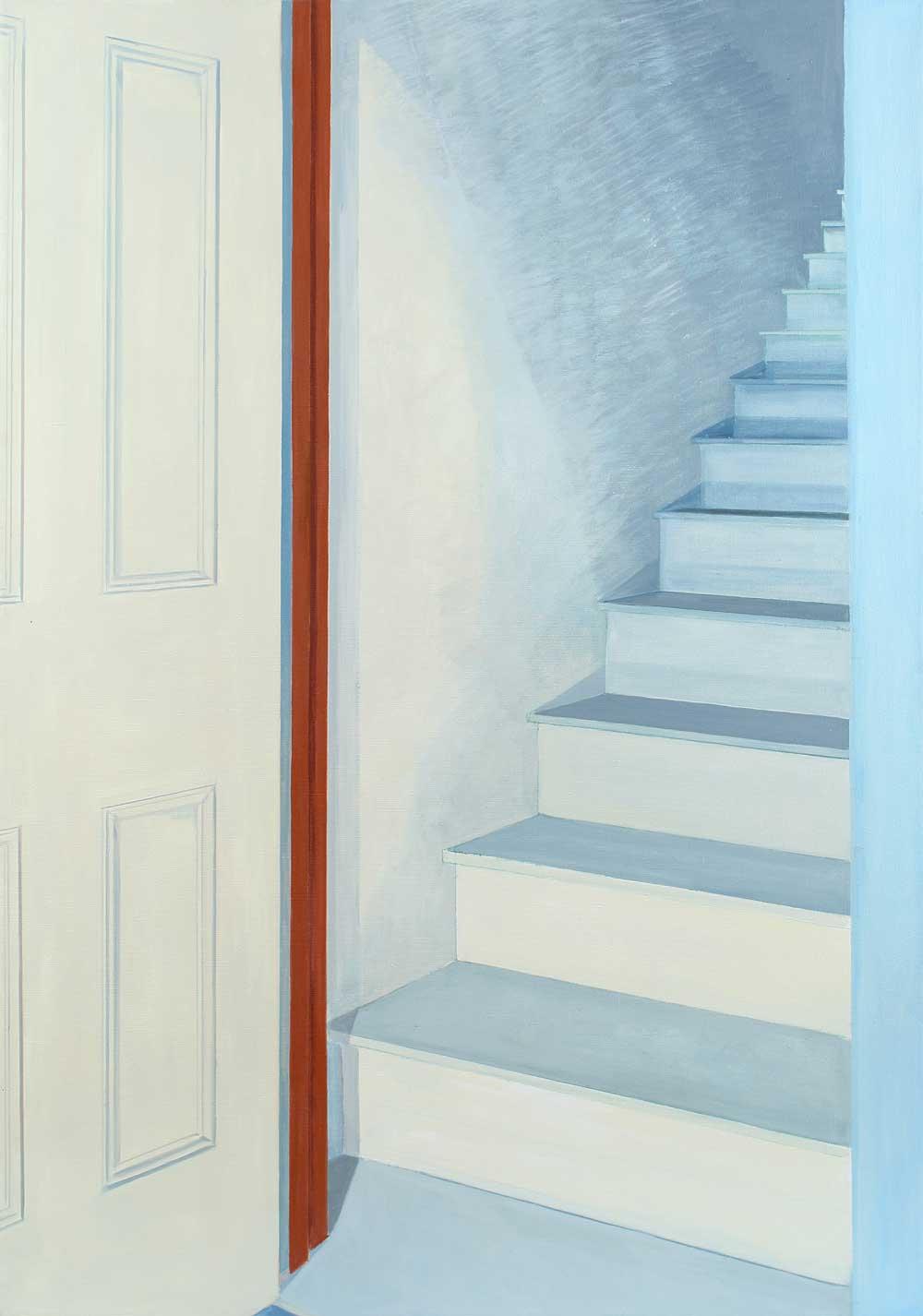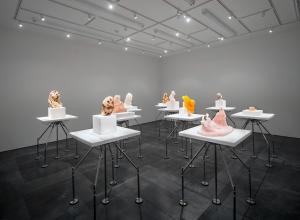The mysteries inherent in finding synchronicity among artists of different generations, from various geographical, religious, political, social, or ethnic backgrounds, are intriguing. They may lie mostly in the eye of the beholder, unbeknownst to the artists involved. Take, for instance, two artists with ostensibly little in common: Walter Price a 34-year-old Black man, born in Macon, Georgia, who served in the US Navy and attended the Art Institute of Washington under the GI Bill; and Lois Dodd, a 95-year-old, white American woman, born in New Jersey, and raised in New York and New England, who studied at Cooper Union back when the students were mostly female. Both are consummate draftspeople who render freehand everyday objects and structures, and sometimes the actions of nature.
And, both seem to hover between abstraction and representation, although Dodd insists she is in no way abstract, claiming she only paints what she sees. Price, for his part, straddles whatever boundaries he can. “For me, it wavers,” he says, “I happily engage the abstract. Sometimes, the ideas do leap from my imagination like leaping fish going upstream; but I’m no fisherman so I rarely catch them.”





